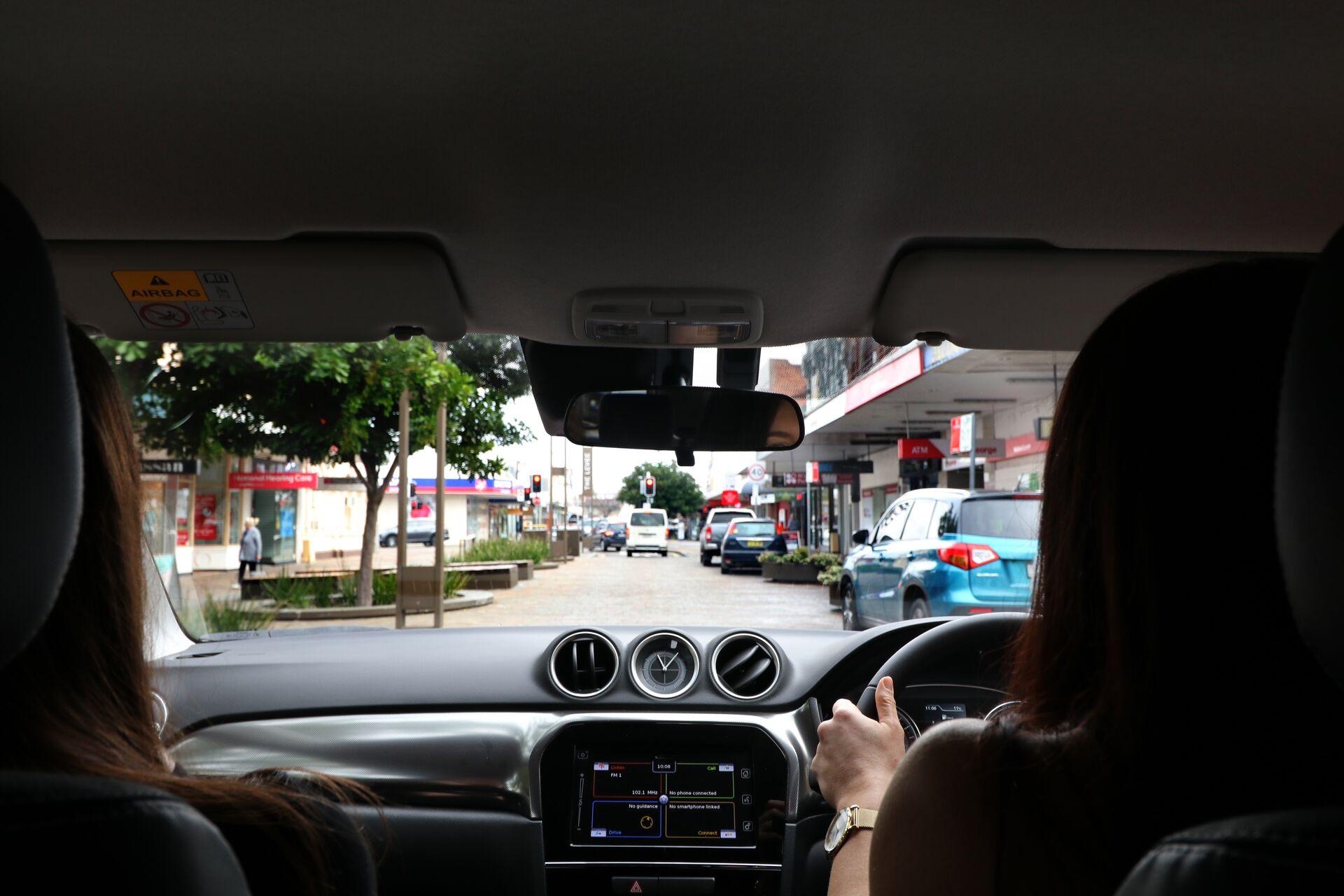Council road safety programs
Safety on our roads is everyone's responsibility. Council is working closely with Transport for NSW and NSW Police to create and coordinate road safety programs throughout the community.
Young drivers
Council conducts free two (2) hour workshops for parents and other supervisors of learner drivers locally to help you with practical advice about supervising learner drivers, completing the Learner Driver Log Book, and the benefits of driving practice.
Safe seniors
Our Road Safety Officer can attend your service group as a guest speaker covering topics such as requirements for keeping your licence as you age, health and driving, being a safe active senior, keeping safe out walking and transition to not driving.
To enquire or book a talk for your group please contact the Road Safety Officer on 02 4934 9700.
Motorcycling the Hunter
Councils in the Hunter have produced an informational brochure to support motorcycling, showcase the best routes in the Hunter and promote safety for all riders.
Transport for NSW road safety programs
Caravan safety
It's important as a driver towing a caravan, you understand your weight limits and loading your vehicle and caravan properly to ensure balance and control. More information can be found in Transport for NSW Caravan Safety brochure.
Towards Zero
We have a goal to have a zero road toll in NSW. Information on road safety can be found at Transport for NSW’s Centre for Road Safety.
Fatigue management
In 2012 more people in NSW died in fatigue related crashes than drink driving crashes, while being awake for about 17 hours has a similar effect on performance as a blood alcohol content (BAC) of 0.05.
Sleep is the only cure for tiredness. Information on road fatigue can be found at Transport for NSW’s Centre for Road Safety.
School programs
Transport for NSW work with schools on road safety resources that form an essential part of the curriculum.
Safety Town for primary school age and On The Move for secondary school age has resources for both teachers and parents to educate and reinforce safety in all road environments.

